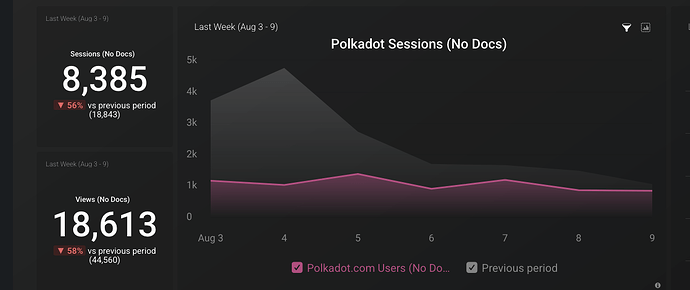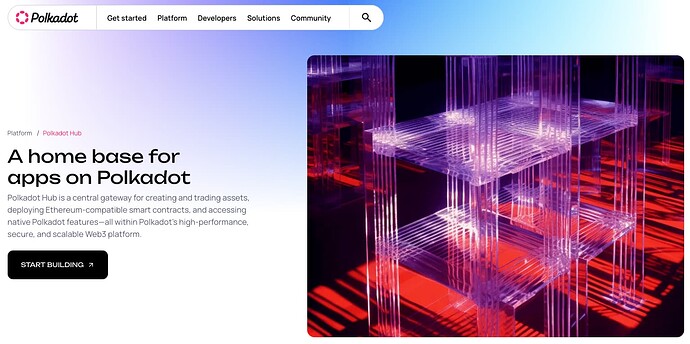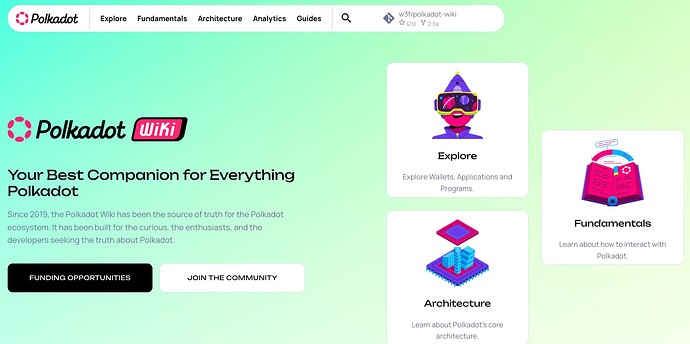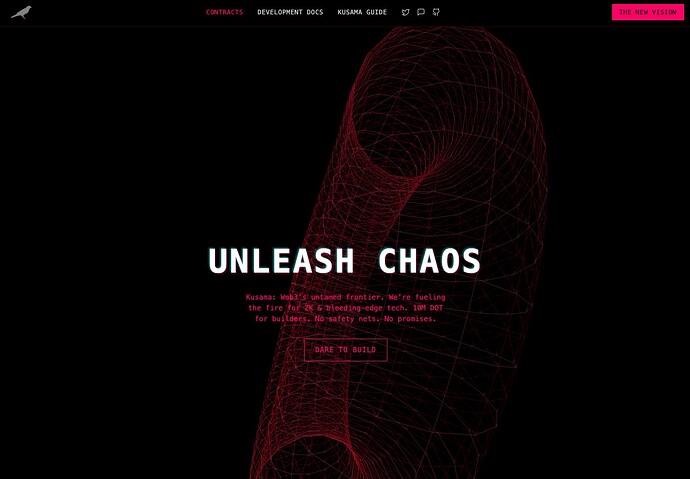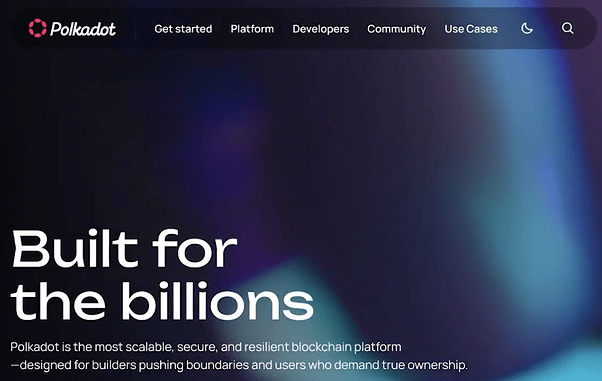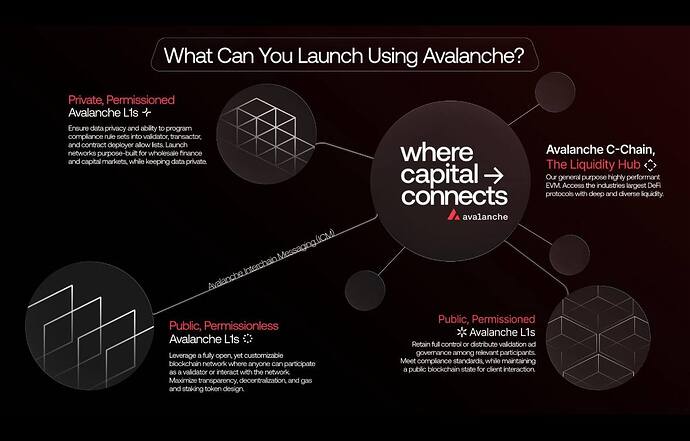Horizon is a collaborative effort between Distractive, Papermoon, Parity’s Product Engineering team, and the Web3 Foundation.
In December 2024, we launched Horizon - a program dedicated to improving both the user (UX) and the Polkadot developer experience (DevX).
Our initial focus was on user onboarding for Polkadot and Kusama, starting with the most visited websites. This involved clarifying the overall information architecture, consolidating content onto the top platforms, refreshing Wiki and support sites, and retiring outdated legacy pages.
In parallel, we worked to enhance the Polkadot developer experience by reviewing and updating technical documentation, ensuring it stays aligned with our roadmap, including initiatives like our Ethereum-compatible deployment stack.
Achievements in H1 2025
| Deliverable Item | Capture | Benefits or Impact |
|---|---|---|
| Discover, gather, and analyze User Journeys (link) | Findings are shared openly, inviting contributions to build consensus and shape future marketing campaigns. | |
| Implement performance tracking (dashboards) on polkadot.com | We now track audience trends and further metrics to measure the impact of changes. | |
| Polkadot Hub - release a new product page | As a first touchpoint, we introduce the Hub to visitors and potential users. | |
| Release an updated version of the docs website (link) | Developers get updated documentation, fresh use cases and tutorials, and a clear path to start building on Polkadot, supported by a simplified structure ready for future features like Ethereum-compatible smart contracts. | |
| Release a new version of the Wiki website | The Wiki is directly hosted under the polkadot.com domain, with content reviewed alongside technical documentation for a clearer, more centralized user experience. | |
| Rationalize legacy content and clean up legacy sites (mainly sidecar websites) | To bring a clear and more centralized user experience while browsing polkadot.com. | |
| Support Hackathons during Q2 and implement a feedback collection and follow-up process | Gathered feedback from 80+ developers into a report (summary below), forming the foundations of Polkadot’s Developer Experience and Developer Relations teams. | |
| Release a new version of the Kusama website | We reviewed and updated the content to provide builders with a more straightforward path for building on Kusama. |
Hackathon Insights Point to Strong Builder Interest in Polkadot
The hackathons we monitored drew a highly skilled audience, 60% with 3+ years of coding experience and over a quarter in decision-making roles. Nearly half of them have already built on Polkadot, while many others came from Ethereum or Layer 2 ecosystems, showing cross-chain curiosity.
Participants praised interoperability, ease of use, multi-language support, and low fees, highlighting scalability, parachain infrastructure, and cross-chain composability as clear differentiators.
There was a palpable demand for templates covering DAOs, NFTs, DeFi, staking, governance, bridges, and crowdfunding. The top roadmap interest was in JavaScript support, XCMP, and staking, underlining the importance of these areas.
While overall feedback was positive, participants identified specific areas for improvement. These included the need for enhanced tooling, clearer onboarding processes, and more comprehensive role-specific documentation.
Additionally, participants expressed a desire for more real-world examples and video tutorials to aid their understanding. The value of support via Discord and in-person events was also highlighted, with requests for extended office hours to cater to different time zones.
Market expectations, from unified dashboards to seamless cross-chain deployment, align closely with Polkadot’s strengths. These insights give us a clear, community-backed blueprint to double down on what we do best while rapidly addressing the gaps and working toward putting Polkadot in an even stronger position for developer adoption.
Goals for Q3 2025
Building on this feedback, in the coming months, we will focus on simplifying tooling, enhancing documentation and onboarding, and delivering the most-requested features to ensure builders see their input reflected in the next wave of improvements.
| Deliverable Item | Expected Benefits or Impact |
|---|---|
| Build a new homepage for polkadot.com, providing devs/companies with easy answers to their needs | Reboot the user experience on polkadot.com. |
| Implement a bi-weekly website release process, allowing more contributions across the Polkadot ecosystem | We roll out new content (text, page, tool, subdomain) faster on polkadot.com. |
| Collect a sentiment score from polkadot.com key pages, and add more performance tracking to our dashboards | Continuously enhance website performance tracking, measuring how updates to key pages improve the Polkadot user experience. |
| Merge smart contracts documentation repos into a single source of truth for teams to contribute | Centralizing technical documentation improves both Polkadot developers’ and writers’ experience. |
| Release of the Support website under the polkadot.com domain | The Support site now lives on polkadot.com, with content aligned to the technical docs and wiki for a clearer, unified experience. |
polkadot.com sneak peek
An invitation to collaborate
Horizon is a long-term program because improving user experience and Polkadot developer experience is an ongoing process of iteration and refinement.
We began by identifying the most critical priorities, then incorporated insights from Conferences and Hackathons, including feedback gathered at events like ETH Belgrade and ETHCC 2025.
Now, we want to hear from you - the Voices of the Polkadot Community. Your thoughts and feedback will help guide what we improve in future iterations. Inspired by the ideas shared in Fixing the Online Presence for Polkadot, One Post at a Time, we can work together to show the world that Polkadot is vibrant, growing, and here to stay.


